Gluten, as it is most commonly referred to – and as we refer to it throughout this website, is a protein composite that comes primarily from wheat, barley, and rye.
The word gluten is pronounced “glue-ten“.
It cannot be seen with the naked eye – it is microscopic.
Gluten is in flours made from wheat, barley, or rye. However, the gluten proteins can be isolated and added to products that are not made from flour.
Other grains that contain gluten are spelt, semolina, farro, durum, einkorn, and kamut.
Why gluten is everywhere
Gluten has certain characteristics that make it useful in a variety of foods and products:
- Gluten adds elasticity
- Gluten is a filler
- Gluten is a thickener
- Gluten adds protein
- Gluten is a flavor enhancer
Given these benefits, it is not surprising that it can be found in all kinds of products you consume.
For example, many processed meats (read: fake meats) are made from a combination of meat broth and gluten. The gluten (and several other chemicals) make the stuff seem like meat, and gluten gives it protein and flavor.
Gluten is present in some cosmetics, in flavored drinks, and even in shampoo.
What about rice and corn?
Not all gluten is bad. In particular, the gluten protein from wheat, barley, and rye is the one that causes an immune response from people with celiac disease and causes those with an intolerance to gluten to have a reaction.
Corn and rice gluten do not have the same protein structure and they do not cause the same reaction in people with sensitivities.
Many gluten-free products are made from rice and corn flours because they are considered gluten-free grains.
Gluten cannot be removed from wheat (or rye) bread by any method. There is no such thing as gluten-free wheat flour or gluten-free wheat bread.
Why are oats often listed as a gluten grain?
Oats are often mentioned as one of the gluten grains. Oats have a protein with a similar structure to gluten and some in some studies, that protein causes a reaction just like the gluten protein.
In addition, oats are often processed on the same equipment as wheat, barley, or rye and they are then cross contaminated.
Research studies have shown that some people with celiac disease are fine eating oats. Other research has shown the opposite.
If you have to avoid eating gluten but you like eating oats, the best thing is to look for gluten-free oats – which are widely available now from brands like Udi’s.
How to know if a product has gluten in it
You will not see gluten listed on an ingredient label. That means spotting foods with gluten in them means learning all the ingredients that contain it.
The only gluten grain that must be listed on product ingredient labels in the United States is wheat (because it is recognized as one of the top eight allergens).
Some companies, like Kraft, already list barley or rye in their ingredients – but not everyone does this.
The facility and equipment where foods are made and packaged are also important. You will see statements like “Made in a facility that also processes wheat, milk, and peanuts” or “Made on equipment that also processes wheat, peanuts, etc”.
If wheat is in the list, then the product may have at least some trace amount of gluten in it.
More and more foods are given a label of “gluten-free” which is helpful. But since there is no federal definition of what gluten-free really means, it is possible that these foods may contain some amount of gluten.
Next, why not read one of these articles to learn more:
For a complete list of gluten ingredients, check out this list.

